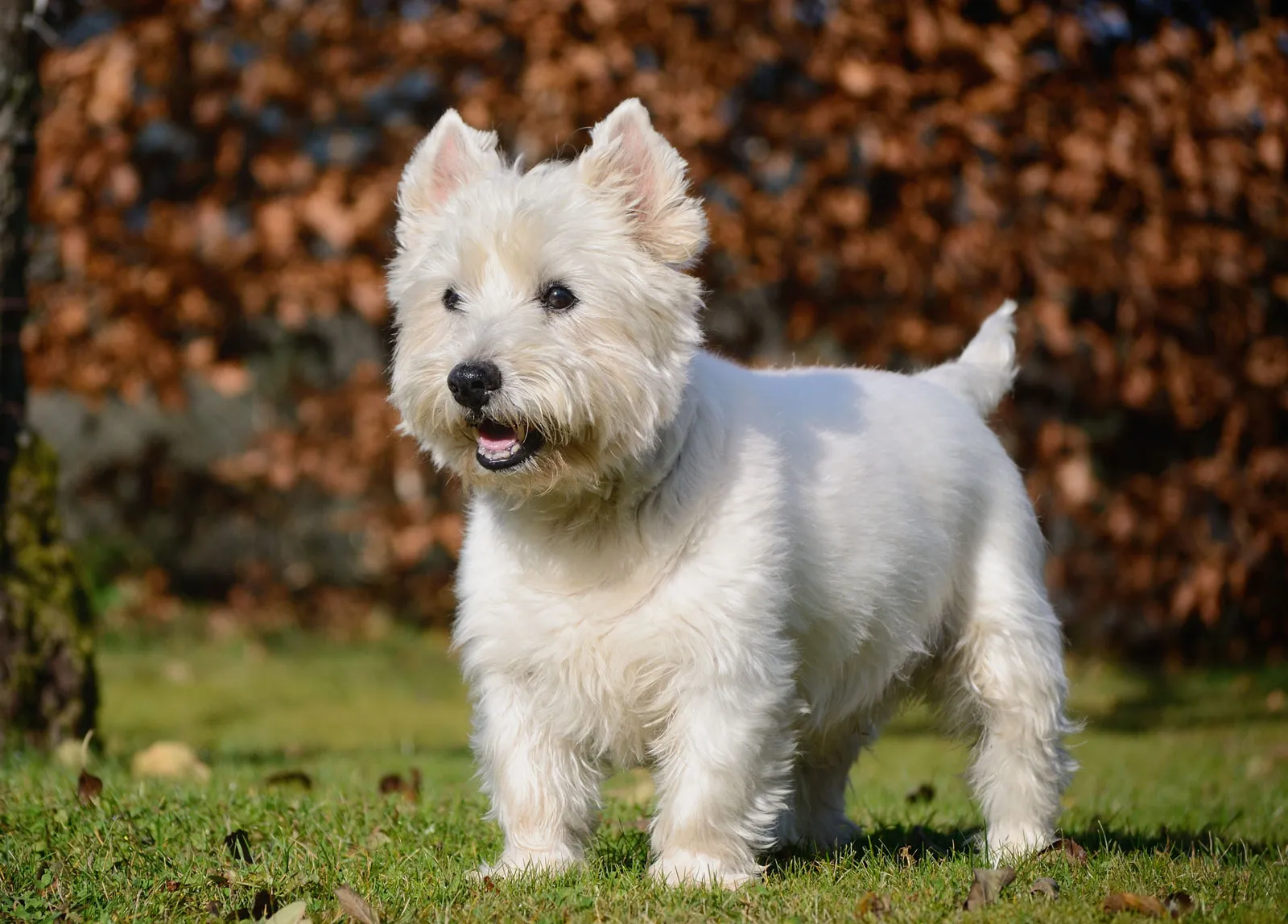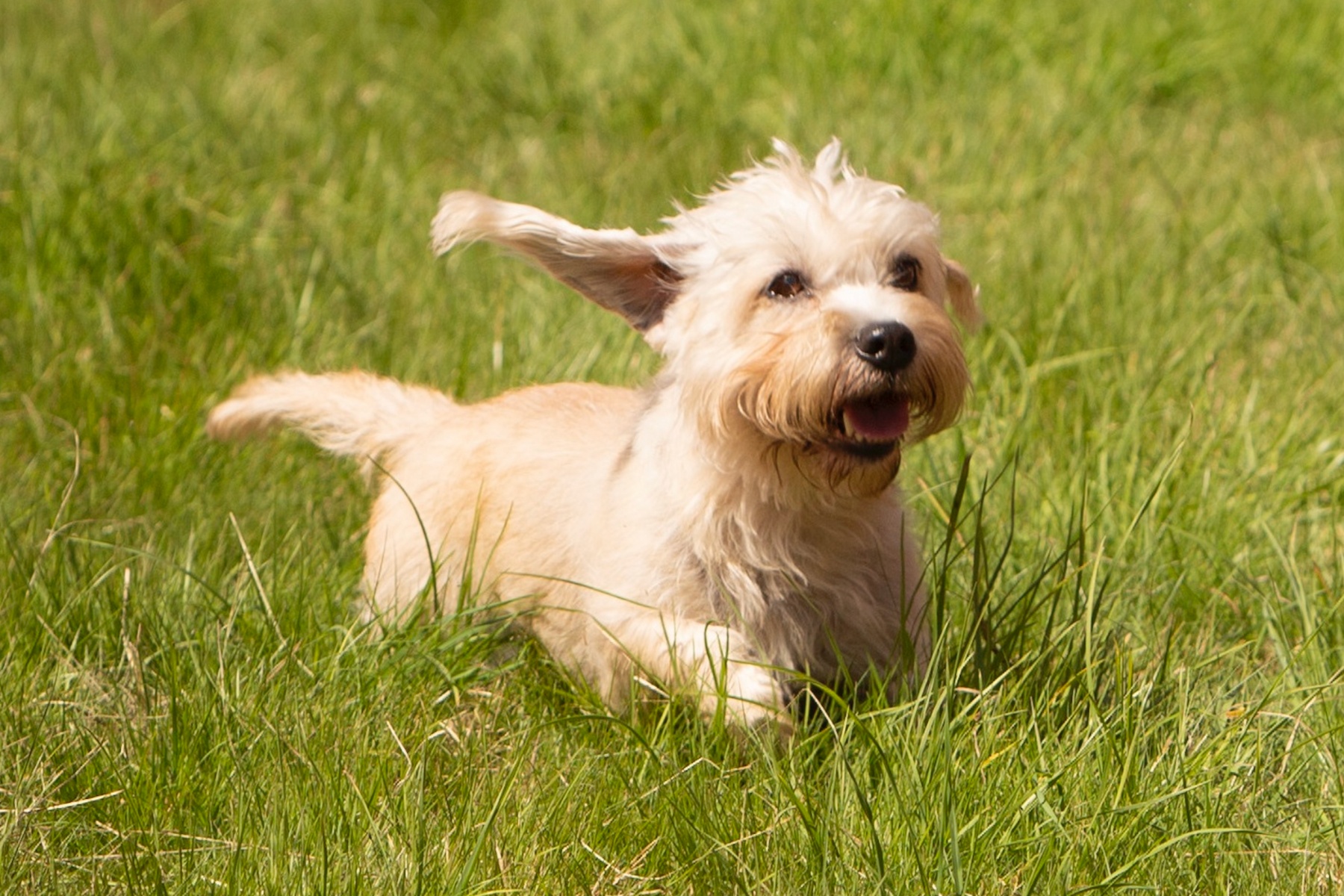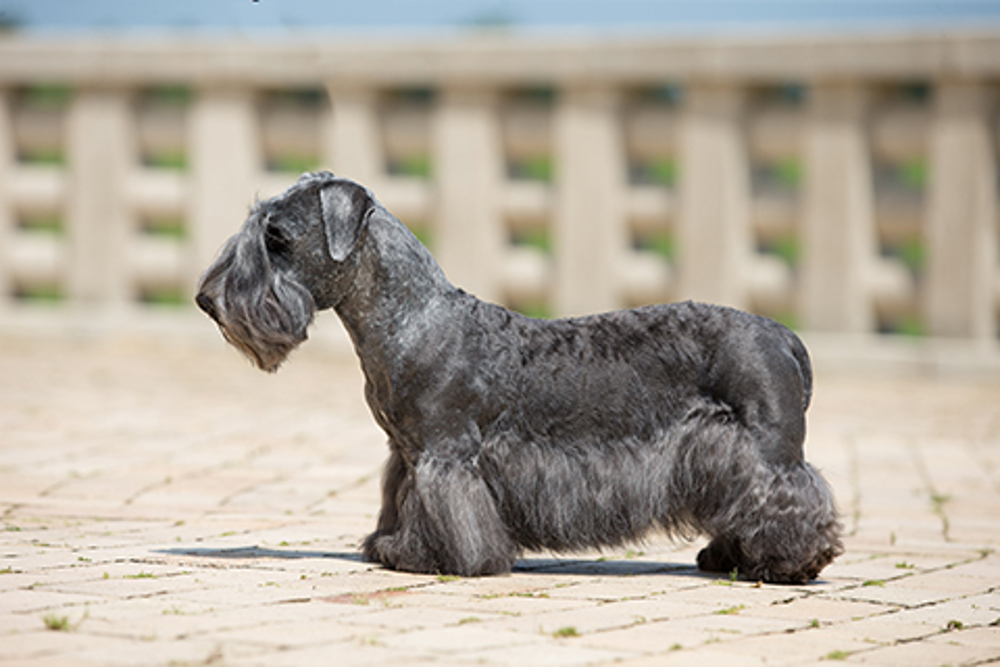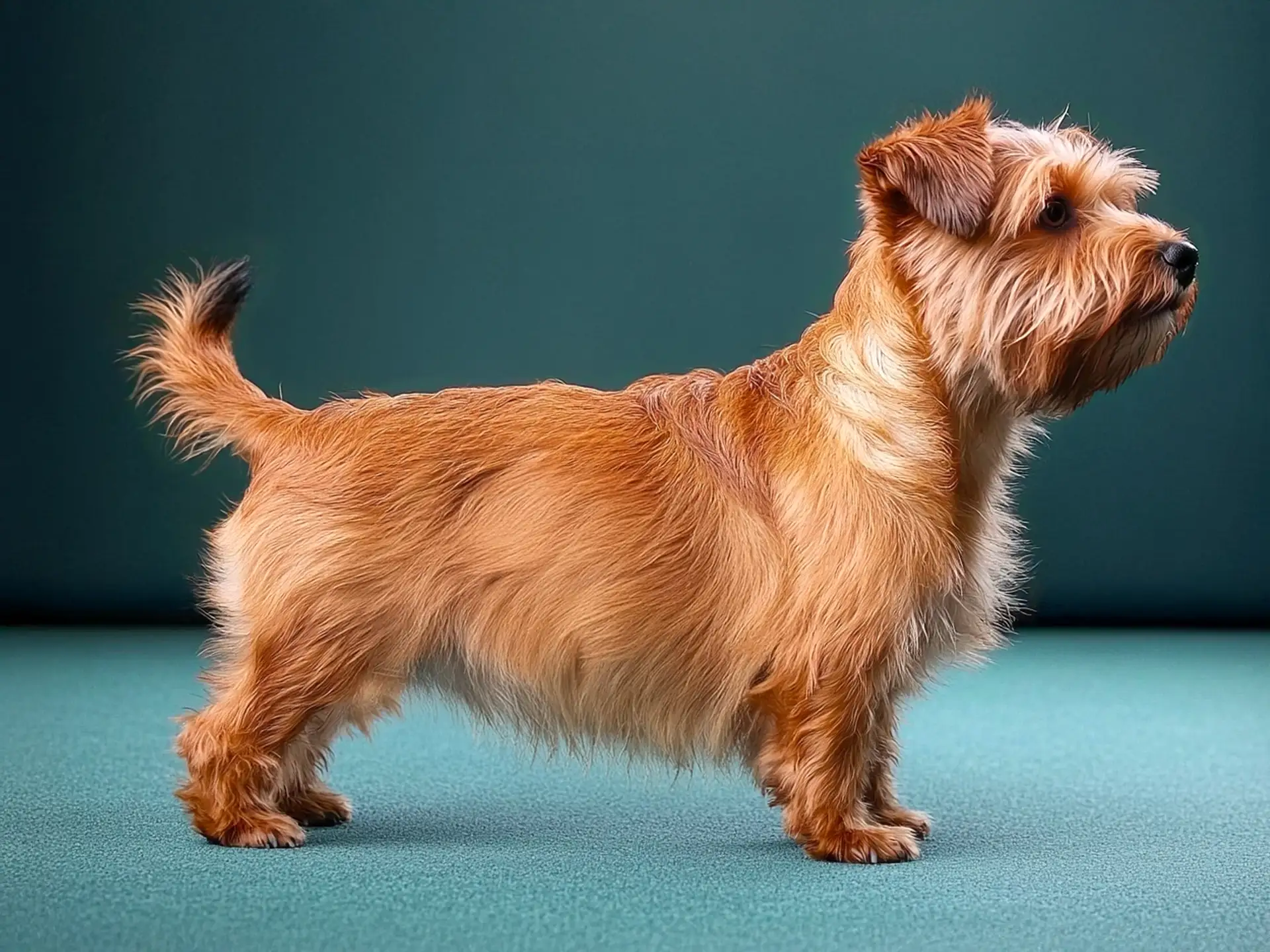Looking for a small dog with a big personality and a perpetually happy demeanor? Let’s talk about the West Highland White Terrier, affectionately known as the “Westie”! These bright white, sturdy little terriers are packed with charm and confidence, making them a popular choice for families and individuals alike. If you’re considering adding a Westie to your life, or just curious about this delightful breed, you’ve come to the right spot. Get ready for the lowdown on everything Westie!
A Dash of History: From Scotland’s Rugged Terrain
Like many of their terrier cousins, the West Highland White Terrier hails from the rugged landscapes of Scotland. Back in the 19th century, they were specifically bred in the Argyllshire region to hunt vermin, particularly foxes, otters, and other small game. Their distinctive white coat wasn’t just for looks; it helped their handlers distinguish them from the prey they were hunting, preventing accidental shootings – a poignant piece of breed history!
Initially known by other names like the Poltalloch Terrier and the Roseneath Terrier, the breed was officially recognized as the West Highland White Terrier in the early 20th century. Their spunky attitude and adorable appearance quickly made them a beloved companion both in their homeland and across the globe.
What Does a Westie Look Like? A Bundle of White Fluff!
The West Highland White Terrier is instantly recognizable with its striking all-white double coat and cheerful expression. Here’s a closer look at their key features:
- Small and Sturdy: Westies are compact and well-built, typically standing around 10-11 inches tall and weighing between 15-20 pounds. They might be small, but they’re surprisingly robust.
- Crisp White Double Coat: Their most distinctive feature is their dense, hard, and wiry white outer coat, paired with a soft, plush undercoat. This double layer provided protection in their working days and still needs regular grooming today.
- Dark, Expressive Eyes and Nose: Their bright, dark eyes and black button nose stand out beautifully against their white fur, giving them an alert and intelligent expression.
- Prick Ears and Carrot-Shaped Tail: They sport erect, pointed ears and a moderately short, carrot-shaped tail that they often carry with enthusiasm.
The Westie Temperament: Happy-Go-Lucky with a Terrier Twist!
West Highland White Terriers are known for their confident, playful, and often comical personalities. Here’s what you can generally expect from a Westie’s temperament:
- Cheerful and Energetic: Westies are generally happy-go-lucky dogs who are always up for a bit of fun. They bring a lively energy to any household.
- Confident and Independent: Bred to work independently, they possess a good dose of self-assurance and can be quite self-reliant.
- Loyal and Affectionate: They form strong bonds with their families and are known to be affectionate companions, though they might not be overly cuddly lapdogs. They prefer to be near their people.
- Playful and Entertaining: Westies love to play and can be quite entertaining with their antics. They enjoy toys and a good romp in the yard.
- Intelligent and Trainable (with patience): They are smart dogs and can learn commands, but their independent nature can sometimes lead to a bit of stubbornness. Consistent, positive reinforcement training is key.
- High Prey Drive: True to their terrier roots, Westies often have a strong instinct to chase small animals. Secure fencing is a must, and they should be kept on a leash during walks.
- Potential for Barking: They can be vocal dogs, often barking to alert their owners to anything they deem noteworthy. Early training can help manage excessive barking.
- Good with Children (with supervision): Generally good with children, especially if raised with them, but they may not tolerate rough handling. Early socialization and teaching children how to interact respectfully with dogs are important.
- Can be Social with Other Dogs (with early socialization): While they can get along with other dogs, early socialization is crucial. Their terrier instincts might make them less tolerant of other small pets like rabbits or hamsters.
Living with a Westie: What You Need to Know
Bringing a West Highland White Terrier into your home means embracing their energetic and engaging nature. Here are some important aspects of living with a Westie:
- Exercise Needs: Westies need regular exercise to stay physically and mentally stimulated. Aim for at least an hour of exercise daily, including walks and playtime.
- Grooming Requirements: That beautiful white coat needs regular attention. Daily brushing helps prevent mats and tangles. Westies also require professional grooming every 4-6 weeks, which typically involves clipping or hand-stripping to maintain the coat’s texture and appearance. Bathing is usually needed every 4-6 weeks as well.
- Training is Essential: Early socialization and consistent, positive reinforcement-based training are crucial for Westies due to their independent streak.
- Mental Stimulation: These intelligent dogs need mental stimulation to prevent boredom and potential behavioral issues like excessive barking or digging. Puzzle toys and interactive games are great options.
- Secure Environment: Due to their prey drive and potential for digging, a securely fenced yard is essential. They should always be kept on a leash when outside of a secure area.
- Family Life: Westies can thrive in various living situations, including apartments, as long as their exercise and mental stimulation needs are met. They enjoy being part of the family.
Health Considerations: Keeping Your Westie Well
While generally a healthy breed, West Highland White Terriers can be predisposed to certain health conditions. Being aware of these potential issues can help you provide the best possible care for your furry companion:
- Skin Allergies (Atopic Dermatitis): Westies are prone to various skin allergies, causing itching and discomfort.
- Craniomandibular Osteopathy (CMO) or “Lion Jaw”: A developmental condition affecting the jaw bones in young puppies.
- Patellar Luxation: A condition where the kneecap slips out of place.
- Legg-Calve-Perthes Disease: A condition affecting the hip joint.
- Idiopathic Pulmonary Fibrosis (“Westie Lung”): A progressive lung disease.
- Keratoconjunctivitis Sicca (Dry Eye): A condition where the eyes don’t produce enough tears.
- Cataracts: Clouding of the lens of the eye.
- Addison’s Disease: A hormonal deficiency.
- Bladder Cancer (Transitional Cell Carcinoma): Westies have a higher-than-average risk for this type of cancer.
Choosing a reputable breeder who conducts West Highland White Terrier health testing on their breeding dogs is crucial to minimize the risk of inherited conditions. Regular veterinary check-ups are also essential for early detection and management of any health concerns.
Is a Westie Right for You?
West Highland White Terriers are charming, energetic, and loyal companions who bring a lot of joy to their families. However, they are terriers, and their independent nature and grooming needs require a committed owner. Consider these questions:
- Are you prepared for a dog with a strong personality and potential for stubbornness?
- Can you commit to regular grooming, including professional sessions?
- Can you provide them with adequate daily exercise and mental stimulation?
- Are you prepared for their potential prey drive and need for secure containment?
- Are you aware of the potential health issues and willing to provide necessary care?
If you’ve thoughtfully considered these aspects and are drawn to the Westie’s cheerful spirit and confident demeanor, then this delightful white terrier might be the perfect addition to your life! They are sure to bring years of laughter and loyal companionship.




